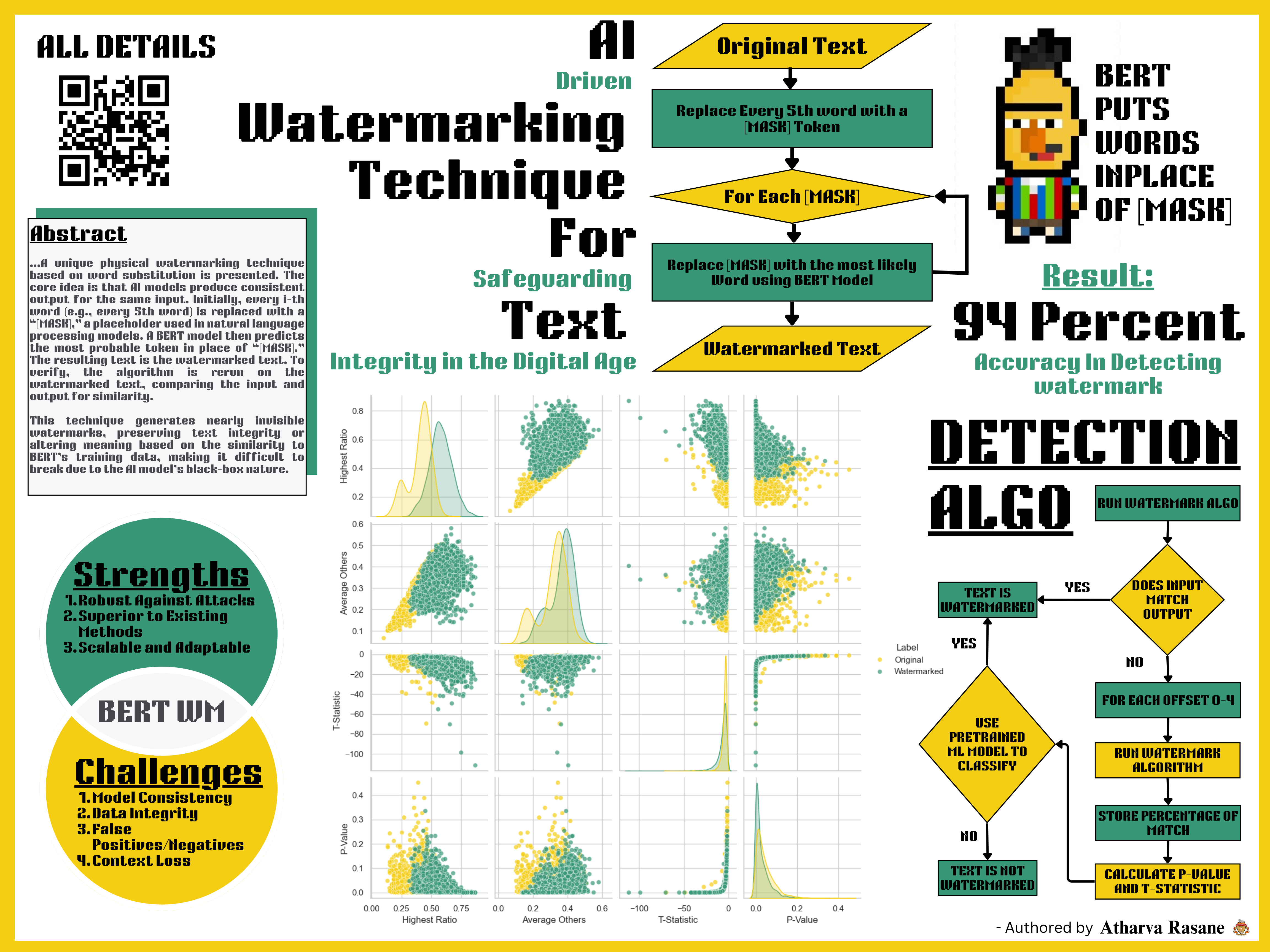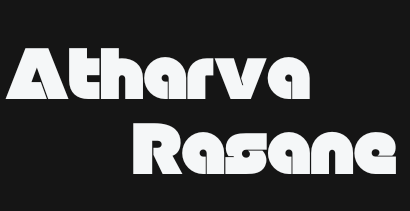
AI-Driven Watermarking Technique for Safeguarding Text Integrity in the Digital Age
The internet's growth has led to a surge in text usage. Now, with public access to generative AI models like ChatGPT/Bard, identifying the source is vital. This is crucial due to concerns about copyright infringement and plagiarism. Moreover, it is essential to differentiate AI-generated text to curb misinformation from AI model hallucinations.
In this paper, we explore text watermarking as a potential solution, focusing on plain ASCII text in English. We investigate techniques including physical watermarking (e.g., UniSpaCh by Por et al.), which modifies text to hide a binary message using Unicode Spaces, and logical watermarking (e.g., word context by Jalil et al.), which generates a watermark key via a defined process. While logical watermarking is difficult to break but undetectable without prior knowledge, physical watermarks are easily detected but also easy to break.
This paper presents a unique physical watermarking technique based on word substitution to address these challenges. The core idea is that AI models consistently produce the same output for the same input. Initially, we replaced every i-th word (for example, every 5th word) with a "[MASK]," a placeholder token used in natural language processing models to indicate where a word has been removed and needs to be predicted. Then, we used a BERT model to predict the most probable token in place of "[MASK]." The resulting text constitutes the watermarked text. To verify, we reran the algorithm on the watermarked text and compared the input and output for similarity.
The Python implementation of the algorithm in this paper employs models from the HuggingFace Transformer Library, namely "bert-base-uncased" and "distilroberta-base". The "[MASK]" placeholder was generated by splitting the input string using the split() function and then replacing every 5th element in the list with "[MASK]". This modified list served as the input text for the BERT model, where the output corresponding to each "[MASK]" was replaced accordingly. Finally, applying the join() function to the list produces the watermarked text.
This technique tends to generate nearly invisible watermarked text, preserving its integrity or completely changing the meaning of the text based on how similar the text is to the training dataset of BERT. This was observed when the algorithm was run on the story of Red Riding Hood, where its meaning was altered. However, the nature of this watermark makes it extremely difficult to break due to the black-box nature of the AI model.
